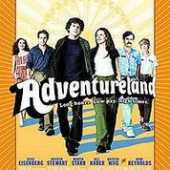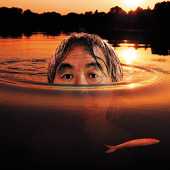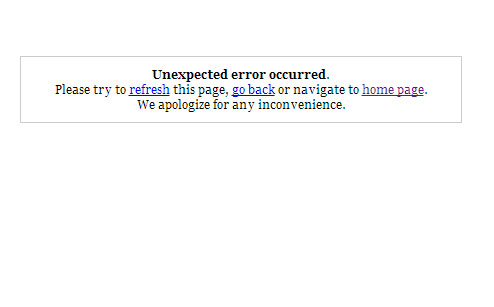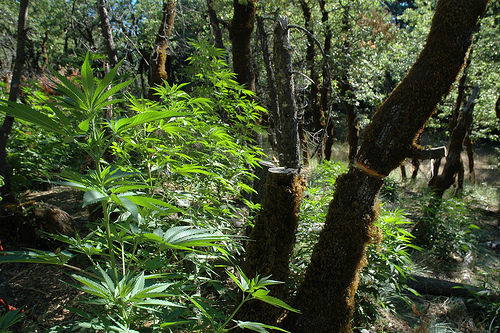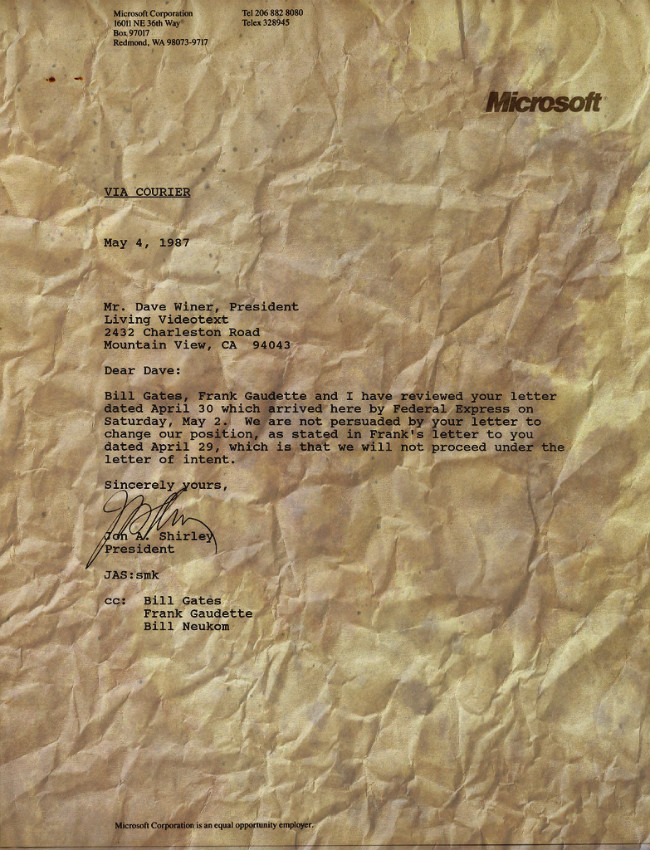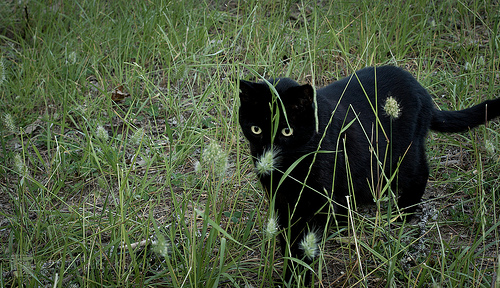Six Inning Players
Dr. K sez,
.
Count me in the camp that initially didn't understand why JZ exchanged Jaso for Morse. The conversation here at SSI has changed my mind and here are the main reasons.
Let's go along with the idea that Jaso is one of your best hitters in 2013, meaning you bat him 3rd in the lineup. Well, what happens when your prime hitter has an obvious achilles heel? If you rely on Jaso in the later innings (implicit with the assumption he is one of your best hitters), you have to accept that he is going to be facing a lot of LH specialist relievers in key situations. Why would you construct a team with such an easily exploitable flaw?
This is a very large, very basic light bulb that had never been on for me before.
Let's say that Ken Griffey Jr. had been a career .179 hitter against lefties. This would have made it just about impossible for him to hit in the 3 hole. The guys on the bench would have been going, "Sure, he's fine in the fifth inning. But in the seventh inning they just knock him over with their LOOGY."
I was always very fond of batters with huge platoon splits, but it suddenly dawns that these kinds of guys have mostly just been pinch-hitters in the big leagues. I never thought of a platoon hitter as a six-inning player, but now I do.
............
Personally I'm optimistic about Jaso hitting LHP's. But he does have a career AVG of .164 and SLG of .230 against them. If you don't see Jaso as able to defend himself against LHP, you don't see him as a three hitter, period.
.
That was worth the price of admission, but Dr. K is just gettin' loose:
.
The other aspect of the trade that I find very interesting is how defense is playing out in the determination of the players value. For Morse, he is a bad defender even at the 'easy' positions. Jaso is a bad defender at a hard position. This is the critical source of value differentiation between the players. They both cost you with a glove in their hand, but they hold very different gloves.
What is the chance that the current thinking, call it fangraph thinking for lack of a better term, is exactly backwards? Really, what is the chance that Jaso's poor glove work at a critical position costs you many more wins than Morse's poor glove work in LF? I think the chance is really quite high and here is why.
First, fangraphs thinking hasn't figured out how to judge many aspects of catcher defense, so it doesn't try. Fangraphs thinking does know that it is a lot more difficult to find a functional catcher than a LF which it addresses with a positional adjustment. The positional adjustment between C and LF is a large part of the difference in value between Jaso and Morse. By failing to measure C defense, but still applying a positional adjustment, you are effectively saying only competent catchers get to catch in MLB and therefore all catchers deserve the full benefit of playing a hard defensive position.
I think JZ is saying with this trade Jaso is not a competent MLB catcher, accept in a pinch. Is this the correct assessment? I haven't a clue, but fangraphs thinking positional adjustments tacitly assume big league teams get this call right on average, so why does fangraphs thinking change for the specific case of Jaso? JZ is the second GM in two years to decide Jaso doesn't have a future as a regular catchers in MLB. Why do you think it is reasonable to value Jaso like a catcher, when JZ and Friedman effectively value him as a DH?
:: taps chin ::
:: thinks several minutes ::
Fangraphs "sets" a +12 runs value for playing catcher, -7 runs for LF, and -17 runs for DH. These values are pulled out of thin air, but seem reasonable to me.
The basic idea of the positional adjustment, in my mind, is PLAYER PAIRS. If Morse plays LF and bats 3rd, then the M's have to have somebody else play C and bat 4. But if Morse plays C and bats 3, then the M's can find a LF to bat 4. It's pretty likely that they're going to be able to get +20 runs' extra production out of the LF Yahtzee slot, rather than the C Yahtzee slot. So, the positional adjustment is more than fair - it's even conservative.
But! This paradigm DOES stand or fall with the presumption that the defender is NOT BELOW CRITICAL MASS. As Kelly says, the very idea of "plays catcher" assumes the idea of "plays it according to industry standard." That part of the idea is automatically taken care of by ML managers for us.
A Fangraphs author would say, "Well, we do count up the runs he loses through passed balls, bases stolen, etc." But what they don't count is whether the pitcher has a bad day.
So this idea has traction. Jaso (and Montero, and Piazza, etc.) are deemed worth +20 runs vs. Morse, before we even start, because they "catch." BUT it could be that --- > THEY DO NOT CATCH. Not according to the underlying assumptions behind what catching is.
Put another way, you could have a positional adjustment of +12.5 runs for "C1, competent catcher" and one of -17.5 runs for "C2, makeshift catcher whose CERA hurts the team." If this were so, Jaso would lose 3 wins per year.
It isn't proven. It is something that might be true, like it might be true that football creates a lot more brain damage than we realize.
.
Dr. K follows on,
.
So we exchanged one DH for another and should therefore only compare offensive value. Jaso has two huge advantages on Morse. (1) Jaso has exquisite control of the strike zone when facing RH pitchers and (2) he is under club control for three more years. Morse has two huge advantages on Jaso. (1) Morse has the ability to hit a baseball really hard and (2) he has no platoon splits.
While it is generally dismissed by fangraphs thinking, I believe baseball players generally believe in the importance of the batting order and consequently take the traditional roles to heart. I believe getting Ackley, Seager, Smoak, Saunders, and Montero out of the 3-5 batting positions as much as possible until they feel they have earned the position will help them avoid anxiety induced under-achievement.
I personally believe that we should also include a factor more important than any of the others: that Morse's production is a "hard" production that withstands the "bookup" processes that enemy pitching has brought to bear against him. Jaso, to date, has been sneaking up on people; maybe his production will hold up going forward and maybe it won't.
His best against your best, Morse is going to get his 6-7 runs per 27 outs.
..........
Effect on teammates is speculative: will the big RBI men at 3-4 lead to a "hitting is contagious" effect? That's hotly debated.
What's NOT hotly debated, inside baseball, is that it helps Dustin Ackley if he doesn't have to bat leadoff. They send him out there in the 7 hole, just stay within yourself, kid, take some good swings. Or they send him out there in the 1 hole -- Dustin, if you don't score a run tonight, the Seattle Mariners are going to lose. So let's talk about you vs Jered Weaver.
Lonnie, Mo' Dawg and I remember when Edgar Martinez his ownself needed some space to grow. When kids start letting the game come to them, taking their pitches when they show up, that's when most kids start improving fast.
I'll cheerfully admit that I may have false beliefs, as far as the ripple effect of getting a "lineup legitimizer" into your batting order. But one thing we all can agree on ... with Ackley, Montero, Smoak, letting them hit 6-7-8 is gonna be a beautiful thing.
.
Could Nessie be a giant salamander?
There have been so many hoaxes regarding the Loch Ness Monster that many people regard the whole thing as bunk. But we shouldn't throw the baby out with the bathwater; after all, monsters have been reported in Loch Ness for hundreds of years. (The first recording was in a 7th century text called Life of St. Columbia.)
Limbaugh quietly removes banner mocking climate change
Here's something that I knew, years ago, was coming. And you can only imagine my delight to discover that it has finally happened: Rush Limbaugh has removed his mocking "Al Gore's Doomsday Clock" countdown page.
Farmers leery of growing pot in WA and CO
About a month after marijuana was legalized in Washington and Colorado, many people are still leery of starting up the production side. In Washington, the state has announced plans to create three different licenses: for growing, processing, and selling pot. Of the three, the "growing" license may turn out to be the most complicated.
Links for January 22, 2013
Decontamination of fallout on asphalt can decrease the radiation level only by 20%. fukushima-diary.com
United Kingdom firms are going to bid for Japan's nuclear clean-up. independent.co.uk
Contaminated water is still a serious issue at Fukushima Daiichi nuclear plant. enformable.com
In July of 2007, a safety analyst at the U.S. Nuclear Regulatory Commission warned that nuclear power plants with multiple reactors might have to deal with more than one meltdown in case of floods and/or earthquakes. green.blogs.nytimes.com
Unfortunately, there were many well-qualified applicants ... CATCHERS
It turns out, of course, that 66 is just not enough.
Actually, 66 is probably plenty, in terms of players who have a ghost of a chance at making an impact in the major leagues. But, once you get down a ways on the list, making distinctions gets fairly difficult, and there are some guys who deserve some recogition but won't be on the list.
I'll start with the catchers who got left off, which is pretty easy, since there are only two.
Christian Carmichael, Age: 20
Plate Skills Index: 97 Production Index: 96 Composite Index: 94
Carmichael has an odd-looking line for a 6th-round pick in 2010, but his path has been marred by injury and a suspension for peformance-enhancing drugs. He ended up spending most of the year in Rookie League for the third straight season. He looked quite good, but he's got a lot of make-up work to keep up with the rest of the class.
| Year | Age | Tm | Lg | Lev | Aff | G | PA | AB | H | 2B | 3B | HR | RBI | SB | CS | BB | SO | ||||
|---|---|---|---|---|---|---|---|---|---|---|---|---|---|---|---|---|---|---|---|---|---|
| 2010 | 18 | Mariners | ARIZ | Rk | SEA | 11 | 35 | 30 | 3 | 0 | 0 | 0 | 1 | 1 | 0 | 2 | 8 | .100 | .206 | .100 | .306 |
| 2011 | 19 | Mariners | ARIZ | Rk | SEA | 5 | 12 | 11 | 2 | 1 | 1 | 0 | 0 | 0 | 1 | 1 | 3 | .182 | .250 | .455 | .705 |
| 2012 | 20 | 2 Teams | 2 Lgs | Rk-A- | SEA | 39 | 163 | 142 | 43 | 11 | 2 | 2 | 23 | 4 | 0 | 16 | 28 | .303 | .387 | .451 | .837 |
| 3 Seasons | 55 | 210 | 183 | 48 | 12 | 3 | 2 | 24 | 5 | 1 | 19 | 39 | .262 | .349 | .393 | .743 | |||||
Jesus Sucre, Age 24
Plate Skills Index: 69 Production Index: 65 Composite Index: 34
Sucre, a refugee from the Braves system, won some unexpected praise from Jack Zduriencik when the GM visited Jackson in the spring, but, after getting off to a hot start, he cooled off considerably in the second half. At the end of the day, it looks like he could be a serviceable emergency catcher, but that's about it.
| Year | Age | Tm | Lg | Lev | Aff | G | PA | AB | H | 2B | 3B | HR | RBI | SB | CS | BB | SO | ||||
|---|---|---|---|---|---|---|---|---|---|---|---|---|---|---|---|---|---|---|---|---|---|
| 2006 | 18 | Braves | DOSL | FRk | ATL | 35 | 145 | 133 | 37 | 8 | 1 | 1 | 16 | 1 | 1 | 9 | 12 | .278 | .331 | .376 | .707 |
| 2007 | 19 | Braves | GULF | Rk | ATL | 40 | 114 | 104 | 23 | 5 | 0 | 0 | 14 | 1 | 1 | 7 | 10 | .221 | .265 | .269 | .535 |
| 2008 | 20 | Danville | APPY | Rk | ATL | 44 | 163 | 154 | 28 | 2 | 0 | 3 | 15 | 1 | 1 | 7 | 24 | .182 | .222 | .253 | .475 |
| 2009 | 21 | 2 Teams | 2 Lgs | A+-A | ATL | 98 | 382 | 366 | 106 | 23 | 1 | 6 | 38 | 4 | 5 | 14 | 50 | .290 | .317 | .407 | .724 |
| 2010 | 22 | 2 Teams | 2 Lgs | A+-AA | ATL | 86 | 347 | 336 | 85 | 20 | 1 | 7 | 34 | 1 | 2 | 8 | 43 | .253 | .272 | .381 | .653 |
| 2011 | 23 | 2 Teams | 1 Lg | AA | ATL,SEA | 72 | 237 | 221 | 48 | 8 | 0 | 1 | 19 | 0 | 2 | 11 | 19 | .217 | .256 | .267 | .523 |
| 2012 | 24 | Jackson | SOUL | AA | SEA | 90 | 349 | 321 | 87 | 11 | 0 | 1 | 30 | 1 | 1 | 20 | 39 | .271 | .319 | .315 | .633 |
| 7 Seasons | 465 | 1737 | 1635 | 414 | 77 | 3 | 19 | 166 | 9 | 13 | 76 | 197 | .253 | .289 | .339 | .628 | |||||
New Zealand's cat eradication campaign
New Zealand is an amazing, gorgeous country with unique wildlife found nowhere else in the world. And cats are killing them.
Geiger Counter Readings in Seattle, WA on January 22, 2012
Geiger Counter Readings in Seattle, WA on January 22, 2012
Ambient office = .081 microsieverts per hour
Ambient outside = .070 microsieverts per hour
Soil exposed to rain = .067 microsieverts per hour
Vine ripened tomato from grocery store = .105 microsieverts per hour
Tap water = .072 microsieverts per hour
Filtered water = .063 microsieverts per hour
Geiger Counter Readings in Seattle, WA on January 21, 2012
Geiger Counter Readings in Seattle, WA on January 21, 2012
Ambient office = .127 microsieverts per hour
Ambient outside = .106 microsieverts per hour
Soil exposed to rain = .085 microsieverts per hour
Hass avacado from grocery store = .072 microsieverts per hour
Tap water = .105 microsieverts per hour
Filtered water = .100 microsieverts per hour
Geiger Counter Readings in Seattle, WA on January 20, 2012
Geiger Counter Readings in Seattle, WA on January 20, 2012
Ambient office = .071 microsieverts per hour
Ambient outside = .119 microsieverts per hour
Soil exposed to rain = .127 microsieverts per hour
Potatoes from grocery store = .176 microsieverts per hour
Tap water = .110 microsieverts per hour
Filtered water = .086 microsieverts per hour
